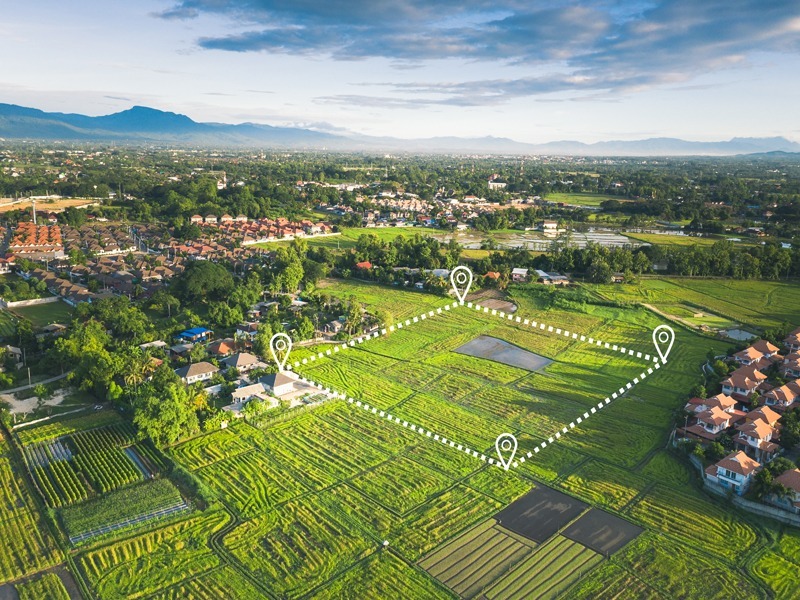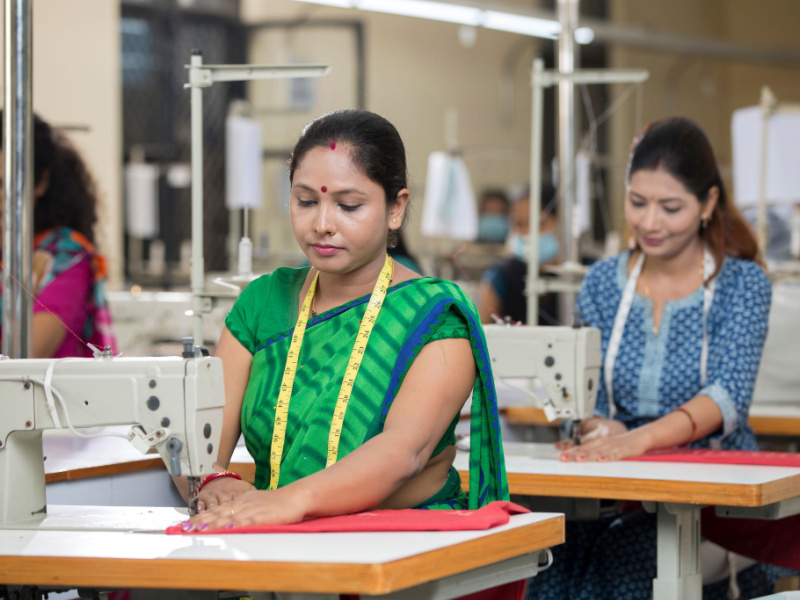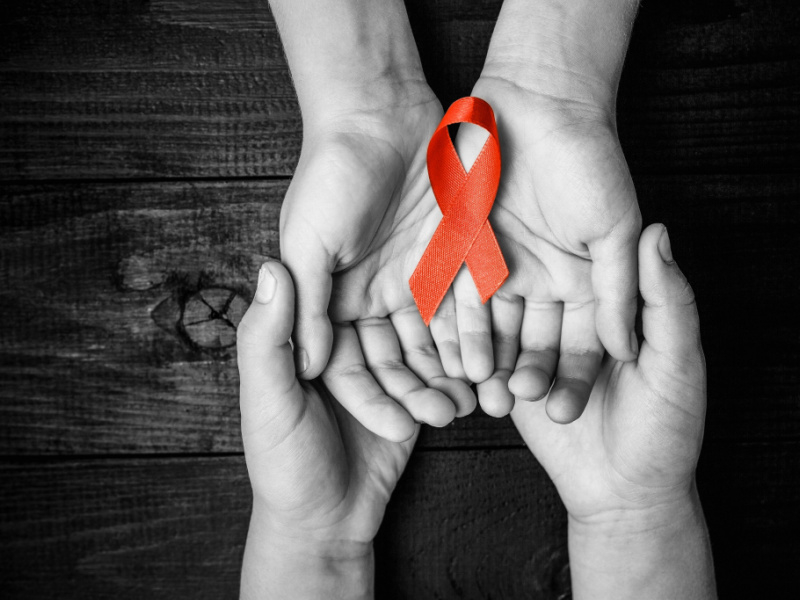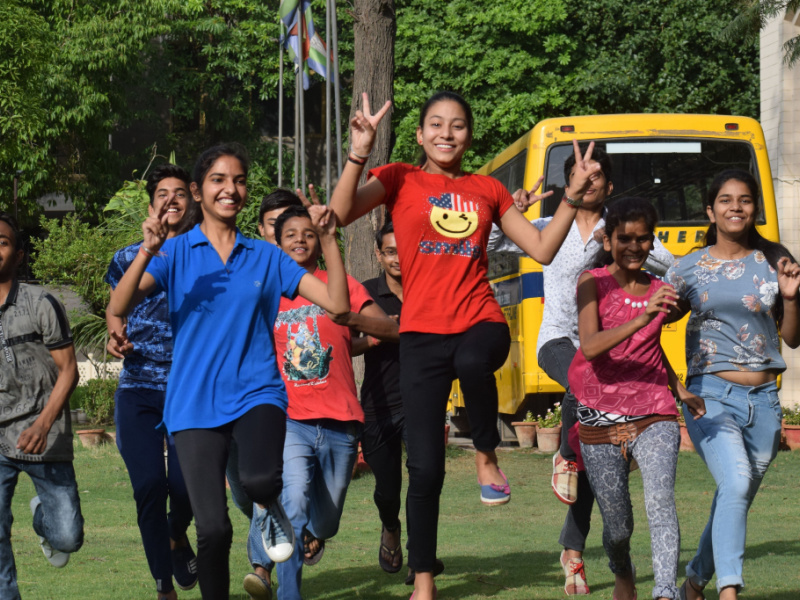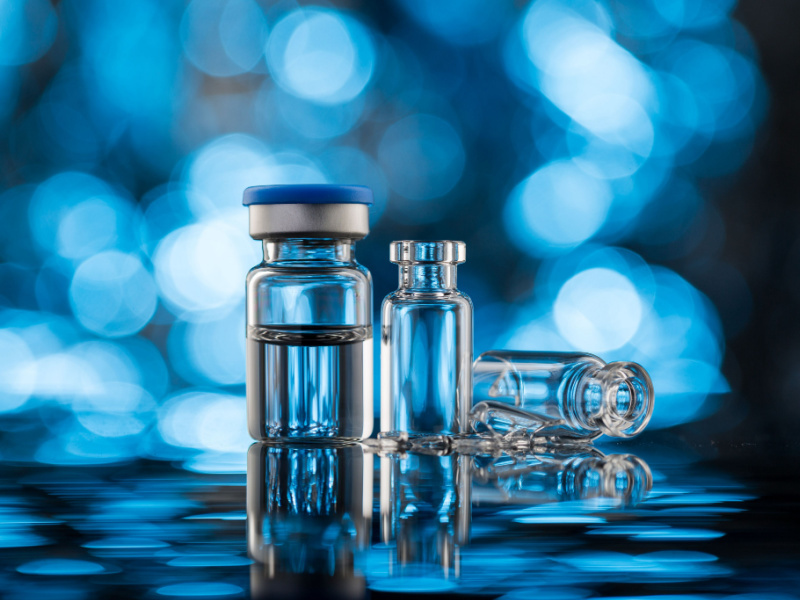
The National Biopharma Mission was established in 2017 with a total investment of $250 million. The World Bank would contribute half of the funds, totaling the US $ 125 million. This program was launched to encourage entrepreneurship and develop indigenous manufacturing capacity. This mission was created to support the Government of India’s ‘Make in India’ and ‘Start-Up India’ initiatives. This mission was necessary to achieve India’s goal of having a $ 100 billion biotech industry by 2025. Dr. Harshavardhan, the current Minister of Science and Technology, launched the National Biopharma Mission in June 2017. The mission’s goal is to capture 5% of the global biopharmaceutical industry.
Aspirants preparing for the IAS Exam will find this article extremely useful.
Under the National Biopharma Mission, the Indian government launched the Innovate in India (I3) program. It is India’s first industry-academia mission to accelerate biopharmaceutical development. It aims to fill gaps in the pharmaceutical industry such as,
- Unconnected centers of excellence.
- Reduced emphasis on translational research.
- Financing is being phased in.
The government has launched the Innovate in India (i3) program as part of this Mission to create an enabling ecosystem to promote entrepreneurship and indigenous manufacturing in the biopharma sector.
It focuses on the following four verticals:
- Product leads for vaccines, biosimilars, and medical devices relevant to public health needs are being developed through managed partnerships.
- Upgrade shared infrastructure facilities and establish them as product discovery/discovery validation and manufacturing centers.
- Investing in human capital by providing specialized training.
- Creating technology transfer offices to help improve industry-academia collaboration.
Learn about essential government programs that will help you prepare for the UPSC exam.
Innovate in India (i3) Program of the National Biopharma Mission
It is a flagship program of the Government of India, with financial support from the World Bank.
It will create long-term networks for collaboration between industry and academia, thereby supporting the entrepreneurial ecosystem.
The program is expected to increase India’s share of the global biopharmaceutical market (currently 2.8 percent) to 5 percent, resulting in additional business opportunities.
National Biopharma Mission – Objectives and Implementation Nodal Agency
- India’s pharmaceutical industry has a bright future, and the National Biopharma Mission is expected to be a game-changer for the Indian pharmaceutical industry.
- By strengthening technology transfer capabilities in the private and public sectors, the mission aspires to create a conducive ecosystem to encourage entrepreneurship and indigenous manufacturing.
- Its goal is to make India a center for designing and developing low-cost, novel, and effective biopharmaceutical products and solutions.
- The mission seeks to encourage entrepreneurship to improve the health of the people of India through the use of affordable medicines.
- The mission is being carried out by a Public Sector Undertaking of the Department of Biotechnology – the Biotechnology Industry Research Assistance Council (BIRAC). It is expected to integrate expertise from national and international corridors to provide strategic guidance and direction that will yield promising results throughout the product development value chain.
Even though India is an active participant in the global biopharmaceutical market and has contributed to the production of low-cost life-saving drugs such as heart valve prosthesis, affordable insulin, rotavirus vaccine, and so on, it is still 10-15 years behind its peers. Moreover, it faces stiff competition from Korea, China, etc. As a result, there was an urgent need for scientific innovation, creation, and facilitation.
The information provided above will assist candidates in preparing for the UPSC 2021 examination.
Current Situation and Significant Achievements
The major activities under this Mission are (i) specific product development, (ii) shared infrastructure construction, and (iii) domain-specific understanding and management skills advancement.
Scientific Research: Promoting Indigenous Manufacturing and Novel Biologics: NBM has also funded several proposals to encourage indigenous development of technologies for affordable biotherapeutics and novel therapies. This area’s activities include novel cell line development, resin preparation, disposable bioreactors, and an IT platform.
The Mission also assists in the formation of Translational Research Consortia (TRC) for Dengue, Chikungunya, Hepatitis E virus, and Malaria, which will comprise a Consortium of premier Indian institutions and will allow for the development of a multidisciplinary translation ecosystem partnership platform. The TRCs are intended to generate resources, reagents, infrastructure, and knowledge to accelerate national efforts to combat these infectious diseases, a growing public health concern. The Mission is assisting five consortiums. Translational Research Consortia (TRC) aims to bring together, coordinate, and develop translational research activity to build long-term capacity in India against Dengue, Chikungunya, Malaria, and Hepatitis E virus (HEV).
The program is working hard to create an enabling ecosystem in the country for affordable product development. The Mission supports the following facilities: I GLP compliant facility for analytical characterization of biotherapeutics, (ii) GCLP amenities for clinical immunogenicity, (iii) GMP manufacturing facilities for biotherapeutics (Microbial and Mammalian), (iv) Lentivirus manufacturing facilities for cell therapy, (v) Medical Device and diagnostics rapid prototyping facilities, (vi) EMI and EMC facilities for electrical safety testing of electronic medical devices, and (vii)
The way forward
This program is expected to strengthen academic researchers’ translational capabilities while empowering bio-entrepreneurs and small and medium-sized businesses.
The World Bank’s global experience would be invaluable in establishing long-term global links, technical assistance, and knowledge exchange among public and private partners for biotech business promotion. In addition, this program is expected to aid in developing new products for the country, establishing several dedicated facilities for next-generation skills, and creating job opportunities.
Conclusion
The Cabinet approved the National Biopharma Mission (NBM) for implementation in May 2017, with a total cost of US$ 250 million, 50 percent of which is co-funded by the World Bank. The Innovate in India (I3) program is an industry-academia collaborative mission of the Government of India’s Department of Biotechnology (DBT) in collaboration with the World Bank to accelerate discovery research to the early development of biopharmaceuticals. It will be carried out by the Biotechnology Industry Research Assistance Council (BIRAC).
NBM aspires to make India a center for designing and developing novel, cost-effective biopharmaceutical products and solutions. To address the country’s rising disease burden, the program will focus on developing new vaccines, bio-therapeutics, diagnostics, and medical devices. In addition, it would benefit the Indian population by creating affordable and accessible products.
The mission will cultivate and strengthen the ecosystem to accelerate India’s technological and product development capabilities in biopharmaceuticals, make India a $100 billion biotech industry by 2025 and capture 5% of the global biopharmaceutical market share. NBM also addresses key components of the Vision outlined in the National Missions – Make in India and Startup India – and those of the DBT’s National Biotechnology Development Strategy.














